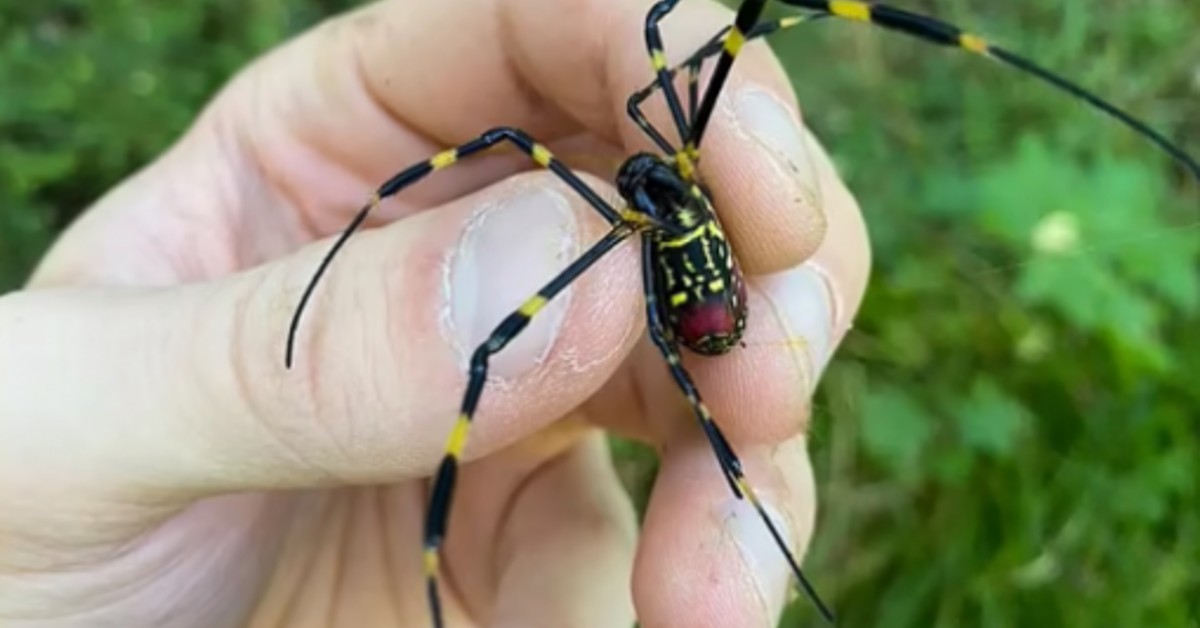“Flying Spiders” Are Invading America

The residents of the southern United States are no longer surprised by these palm-sized spiders. They are already aware of the Joro spider that has reached Georgia all the way from the far east and has invaded the state.
Due to these sightings, specialists warn that the spiders, which are capable of flying more than one hundred miles by fashioning a parachute out of their webs, are believed to move into the Eastern United States in the coming months, specifically throughout the spring and summer.
According to the entomologist, the spider has been spotted in South Carolina, and it is quite likely that it will continue to expand across the Eastern United States. It’s possible that the spider can live in cooler climates as well. People living as far north as Massachusetts, Rhode Island, Connecticut, and New York may have to safeguard themselves against these enormous spiders that are said to be the size of a toddler’s palm.
This is because the spider has a powerful metabolism, which lets it possibly withstand the hotter temperatures of the Northeast part of America. There is a great possibility that these spiders would be able to survive in other states as well.
According to a study that was conducted and released by academics at the University of Georgia, the spider’s heartbeat is significantly faster than that of the other species. According to the findings of the study, the spider is also immune to the type of wind that would kill other types of spiders.
Where did this species of spider come from?
In 2021, golden spiders imported from Japan spread throughout Georgia, and locals there saw the golden color of their webs. Joro spiders are indigenous to Japan, a country that has a climate that is comparable to that of the United States. There is also a great population of these spiders in the countries China, South Korea, and Taiwan.
University of Georgia study co-author Andy Davis stated, “Just by looking at that, it looks like the Joros could probably survive throughout most of the Eastern seaboard here, which is pretty sobering.”
Benjamin Frick, co-author of the University of Georgia’s study on the spiders explained, “The potential for these spiders to be spread through people’s movements is very high. Anecdotally, right before we published this study, we got a report from a grad student at UGA [the University of Georgia] who had accidentally transported one of these to Oklahoma.”
It is easy to identify a Joro spider thanks to the exceptionally well-organized and well-shaped web wheels that it spins. On their black bodies, the females show a striking yellow and red pattern. The females can reach a maximum length of three inches. The brown body color of the males distinguishes them from the females.
If you are worried about it being potentially dangerous, you don’t have to worry because Joro spiders are not poisonous to people. In fact, they can be helpful to humans because they eat insects that you don’t want around. They love feasting on flies, mosquitoes, and stink bugs.
Frick further said, “There’s really no reason to go around actively squishing them. Humans are at the root of their invasion. Don’t blame the Joro spider.”
Still, just the thought of the invasion of spiders doesn’t sit well with other people, especially those with “arachnophobia” or the intense fear of spiders.

